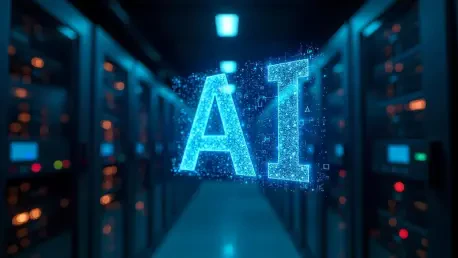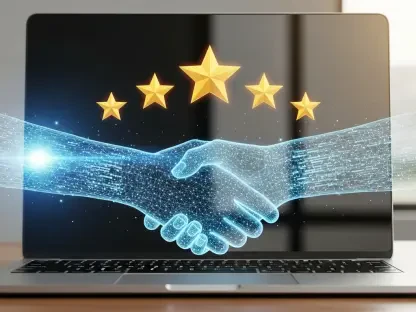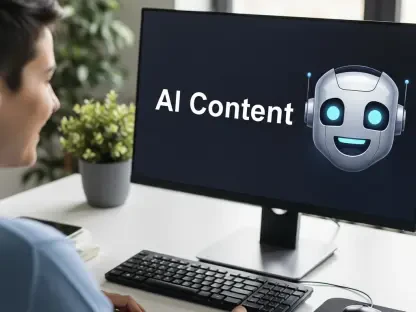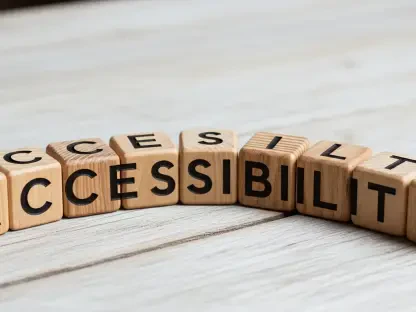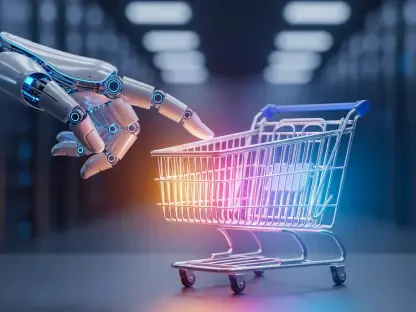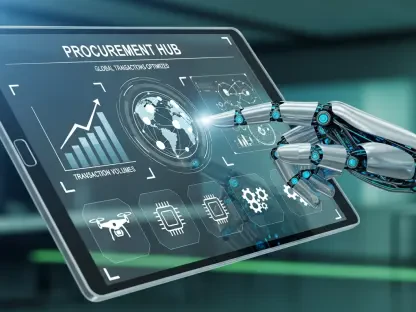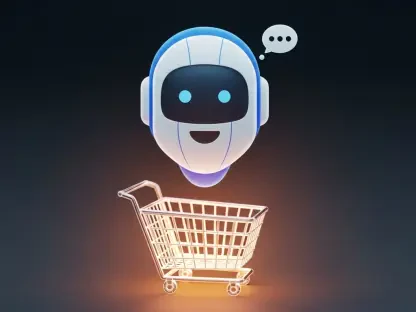In the fast-evolving landscape of retail technology, Trax has emerged as a game-changer with its innovative On-Device IR technology. To delve deeper into this breakthrough, we turn to our retail expert, Zainab Hussain, an accomplished e-commerce strategist renowned for her exceptional knowledge in customer engagement and operations management. Zainab offers insightful perspectives on how Trax’s new solution is set to redefine the way consumer packaged goods (CPGs) companies interact with their shelf data.
Can you explain how Trax’s new On-Device IR technology works in detail?
On-Device IR technology from Trax harnesses advanced AI-driven image recognition embedded within devices to scan and analyze retail shelves without needing continuous internet connectivity. This system captures critical metadata and enables CPG companies to assess shelf conditions in real-time, thereby facilitating faster, more accurate decision-making at the store level.
What makes On-Device IR different from traditional image recognition technologies?
Traditional image recognition technologies focus on capturing static images and typically require reliable internet connections for processing. On-Device IR surpasses these limitations by employing augmented reality and managing recognition in 3D space, allowing for dynamic and continuous scanning that adapts to the store environment without connectivity interruptions.
How does the augmented reality aspect enhance the functionality of On-Device IR?
The integration of augmented reality enriches the scanning process by providing a more immersive and interactive experience. It doesn’t just analyze images; it assesses the space around products, aids in tracking their physical dimensions, and ensures an accurate representation of shelf conditions even amidst environmental interruptions.
What are the main benefits for CPG companies using On-Device IR?
CPG companies benefit from immediate, actionable insights and a substantial increase in operational efficiency with On-Device IR. This technology facilitates quick corrective actions and better inventory management, resulting in enhanced store executions and the ability to capture sales opportunities that might otherwise be lost due to poor shelf conditions.
How does this technology function without Internet connectivity?
On-Device IR operates offline by processing data directly on devices through its powerful AI algorithms. This autonomous processing ensures continuous shelf monitoring and analysis, providing real-time data to field teams without depending on internet bandwidth or connectivity.
Can you describe the process of data collection using Trax’s proprietary mobile app or SDKs?
Field teams utilize Trax’s proprietary mobile app or SDKs to target specific product areas, scanning entire shelves, aisles, or displays seamlessly. The system captures detailed information about product placement and stocking levels, allowing for immediate data collection and action without waiting for internet-based reports.
How does On-Device IR ensure high-accuracy product identification?
On-Device IR achieves precise product identification by integrating depth sensors and video streams in its augmented reality system, which helps discern product characteristics better than traditional image recognition techniques, guaranteeing higher accuracy in identifying and categorizing products.
What specific information does the digitization and reporting step capture?
During digitization, the system gathers detailed insights into shelf layouts, product placements, and inventory levels directly at the point of scanning. The reporting phase then translates these insights into actionable data, enabling immediate corrective measures and strategic decisions.
How does On-Device IR provide real-time corrective actions during the scanning process?
As shelves are scanned, On-Device IR generates a list of critical actions needed to rectify any issues identified, allowing field teams to promptly address stock discrepancies or product placements without delay. This real-time response mechanism is pivotal in maintaining optimal shelf conditions.
Could you explain how the centralized dashboard and API work for monitoring KPI performance?
The centralized dashboard aggregates all scanned data into comprehensible visual formats where stakeholders can analyze key performance indicators (KPIs) at a granular level using API integration. This facilitates holistic monitoring and decision-making by providing detailed comparisons and performance analyses of products.
What kind of interactive capabilities does On-Device IR offer to field teams?
Field teams are empowered with interactive capabilities through intuitive user interfaces and augmented reality tools that guide scanning operations and highlight areas needing attention. This engagement leads to a more efficient management of shelf conditions and enhances daily operations.
Have you received feedback from users that could highlight the practical advantages of On-Device IR?
User feedback has been overwhelmingly positive, with many highlighting the technology’s role in improving decision-making speed and operational efficiency. Direct testimonials from companies like Unilever FIMA express satisfaction with how it enhances sales force productivity and accuracy in real-time.
Can you share any success stories or testimonials from companies that have used On-Device IR?
Companies utilizing On-Device IR, such as Unilever FIMA, report substantial improvements in their in-store execution processes. Feedback indicates that teams are capable of faster decision-making, contributing to better sales outcomes and more streamlined operations.
How do the insights gathered by On-Device IR contribute to operational efficiency and real-time actions in stores?
The real-time visibility into shelf conditions provided by On-Device IR translates into efficient operations. Field teams can make immediate adjustments and strategic decisions, directly impacting on-shelf availability and the overall merchandising quality, thus optimizing retail execution.
Is On-Device IR adaptable for different regions, stores, and teams?
Absolutely, On-Device IR is designed to be versatile and easily adaptable, catering to different geographical areas and varying store formats. This flexibility supports diverse team dynamics and regional retail strategies, making it ideal for global implementation.
In what ways can On-Device IR be integrated into existing live projects?
On-Device IR can be seamlessly incorporated as an add-on within current projects or used as a standalone solution, aligning with existing processes and technologies to enhance data collection and analysis operations without disrupting ongoing workflows.
How do Trax’s existing AI platform capabilities complement On-Device IR?
Trax’s existing AI platforms bolster the efficacy of On-Device IR by offering enhanced algorithms for image processing and machine learning insights. This integration expands the depth and scope of data collection, providing more comprehensive analyses and decision-making tools for retail partners.
What opportunities do you see for the future development of data solutions in retail through technologies like On-Device IR?
I envision great potential in refining data accuracy and dynamic store interactions through On-Device IR and similar solutions. As retailers continue seeking ways to maximize efficiency and customer engagement, these technologies will be pivotal in driving more personalized and immersive shopping experiences.
What challenges, if any, did you face during the development and launch of On-Device IR?
Ensuring seamless offline functionality and high accuracy under varied environmental conditions posed significant challenges. Overcoming these required rigorous testing and advancements in augmented reality technology to guarantee robustness and reliability across diverse retail settings.
What future updates or enhancements can we expect for the On-Device IR technology?
We anticipate incorporating even more sophisticated machine learning algorithms to boost recognition capabilities further. Additionally, expanding interactive features for field teams and integrating predictive analytics could provide richer insights and proactive decision-making support in the near future.
